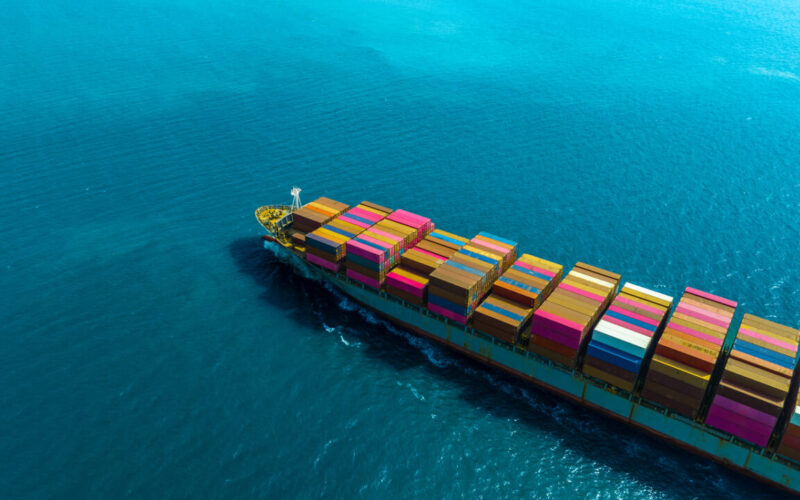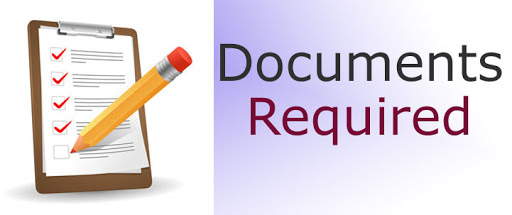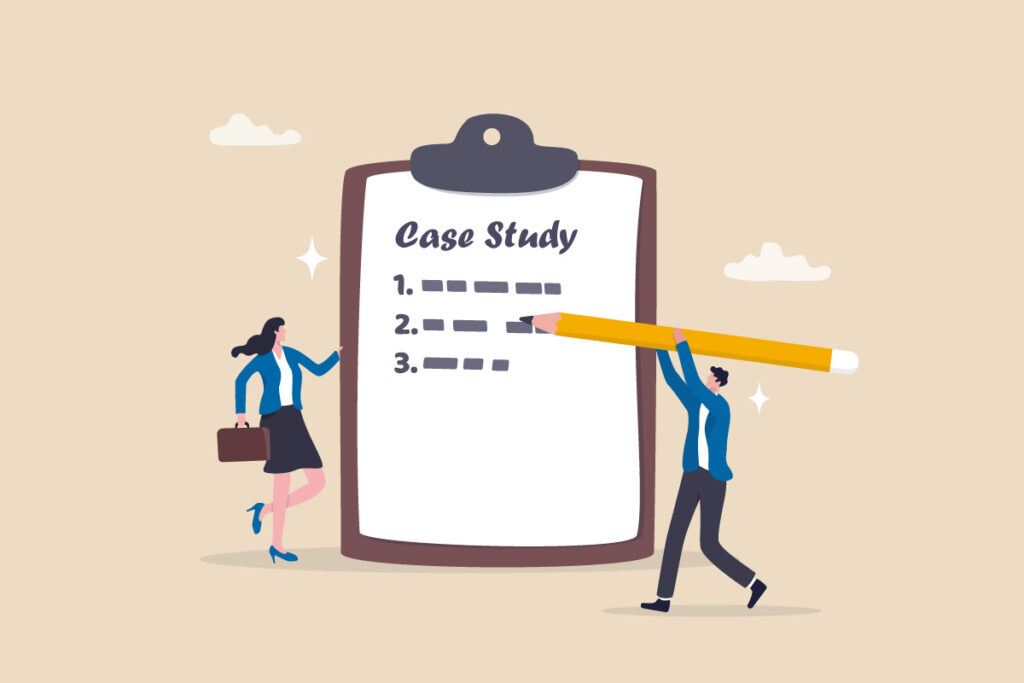- By TOP CHINA FREIGHT
- September 23, 2025
- Sea Freight, Shipping
Table of Contents
Sea freight rates China continue to play a decisive role in global trade, as China remains the world’s largest exporter. Importers often face challenges in predicting exact shipping costs, given fluctuations in demand, port congestion, and changing international regulations. This article explains how shipping rates are calculated, factors influencing pricing, transit times, and how businesses can optimize costs with smart logistics strategies.

What determines sea freight rates from China?
Sea freight rates are not static; they depend on multiple interconnected factors.
- Type of cargo: General cargo, refrigerated goods, hazardous materials, and oversized machinery each have different handling requirements that impact price.
- Container size: Full Container Load (FCL) and Less than Container Load (LCL) are priced differently.
- Shipping lane: Routes to Europe, North America, Africa, and the Middle East vary in both time and cost.
- Seasonality: Peak seasons such as pre-holiday months often push rates higher.
- Fuel and surcharges: Fluctuating bunker prices and additional surcharges directly influence shipping costs.
These elements combine to create dynamic freight rate patterns, meaning importers must monitor rates closely and book strategically.
How much does sea freight cost from China?

The table below provides a general cost overview for FCL and LCL shipping:
Note: Rates are estimates and fluctuate depending on market conditions, fuel prices, and seasonal demand.
What is the transit time for sea freight from China?
Transit time is another crucial factor when evaluating sea freight rates China. Longer routes often cost more but may offer savings compared to air freight.
| Destination Region | Main Ports | Average Transit Time |
|---|---|---|
| West Coast USA | Los Angeles, Long Beach | 15 – 20 days |
| East Coast USA | New York, Savannah | 28 – 35 days |
| Europe (North) | Rotterdam, Hamburg | 30 – 40 days |
| Middle East | Jeddah, Dubai | 20 – 28 days |
| Africa | Lagos, Durban | 30 – 40 days |
Transit time directly impacts supply chain planning. Importers should buffer extra days for port delays or customs clearance.
Why choose sea freight over air freight?

Both sea and air freight offer advantages depending on cargo type.
| Criteria | Sea Freight | Air Freight |
|---|---|---|
| Cost | Low per unit | High per unit |
| Transit time | Longer | Faster |
| Capacity | High (bulk goods) | Limited |
| Environmental impact | Lower emissions per ton | Higher emissions |
| Ideal for | Large, heavy cargo | Urgent, high-value goods |
Sea freight remains the most cost-effective method for large-scale shipping, especially for goods without strict delivery deadlines.
How do FCL and LCL compare?

Understanding FCL and LCL helps importers make better shipping decisions.
FCL (Full Container Load):
Exclusive use of a container, ideal for large volumes, better security, and lower per-unit costs.
LCL (Less than Container Load):
Shared container space, flexible for smaller shipments, but often slower due to consolidation and deconsolidation processes.
Cost Comparison of FCL vs LCL
| Shipment Size | FCL Option | LCL Option |
|---|---|---|
| 10 CBM | $2,800 (40ft) | $1,200 (per CBM basis) |
| 20 CBM | $2,800 (40ft) | $2,400 |
| 30 CBM | $2,800 (40ft) | $3,600 |
Result: At volumes above 15–18 CBM, FCL becomes more cost-effective than LCL.
What documents are required for sea freight from China?

Documentation plays a vital role in ensuring smooth customs clearance.
| Document | Purpose |
|---|---|
| Bill of Lading | Proof of contract and receipt of cargo |
| Commercial Invoice | Declares product value for customs |
| Packing List | Details goods shipped |
| Certificate of Origin | Identifies production country |
| Import Licenses | Required for restricted goods |
| Insurance Certificate | Protects cargo during transit |
What additional charges affect sea freight rates?
Beyond base freight charges, importers should account for extra costs:
- Port handling charges (loading/unloading fees).
- Customs clearance fees in both origin and destination.
- Demurrage and detention fees if containers are delayed at ports.
- Surcharges such as peak season surcharge (PSS), bunker adjustment factor (BAF), and currency adjustment factor (CAF).
Therefore, importers should always request a detailed cost breakdown from freight forwarders before booking shipments.
Case Study: Electronics importer shipping to Europe

A mid-sized electronics distributor in Germany imported 40ft FCL shipments from Shenzhen to Hamburg. Initially, they paid around $4,200 per container, but poor planning led to demurrage costs of $500 per shipment due to late clearance.
By switching to pre-clearance and using a bonded warehouse near Hamburg, the company reduced extra fees and stabilized overall shipping costs at $3,800 per container. This example highlights how proper planning and efficient documentation management can significantly lower total freight costs.
How to reduce sea freight costs from China?
Booking early often secures better rates.
Larger volumes lower per-unit costs.
For small consignments, LCL consolidation saves money.
Reducing unused space helps cut CBM costs.
Experienced partners provide transparency and cost control.
Should you work with a freight forwarder?
Yes. Freight forwarders play an essential role in simplifying complex shipping processes. They handle:
- Negotiating competitive rates with carriers.
- Managing documentation and customs compliance.
- Offering warehousing and consolidation services.
- Tracking cargo and providing real-time updates.
By outsourcing logistics to professionals, businesses save time and reduce risks.
Conclusion
Sea freight rates China depend on container size, routes, surcharges, and seasonal demand. Comparing FCL vs LCL and preparing proper documents helps lower costs and avoid delays. With strategic planning and reliable freight forwarders, businesses can keep sea freight efficient, cost-effective, and competitive.
Need a Shipping Quote?
If you want expert guidance and peace of mind, our team is ready to assist.
TJ China Freight offers tailored solutions to help businesses of all sizes ship more reliably from China.

FAQ
Q1:What affects sea freight rates China the most?
Container size, fuel costs, routes, and seasonal demand.
Q2:Is FCL cheaper than LCL?
Yes, FCL is cost-effective for large loads, LCL suits smaller shipments.
Q3:How long does sea freight from China take?
Usually 20–35 days, depending on destination and port traffic.
Q4:Do I need insurance for sea freight?
It’s optional but strongly recommended to cover risks.
Q5:Which documents are required?
Bill of lading, commercial invoice, packing list, and customs papers.
